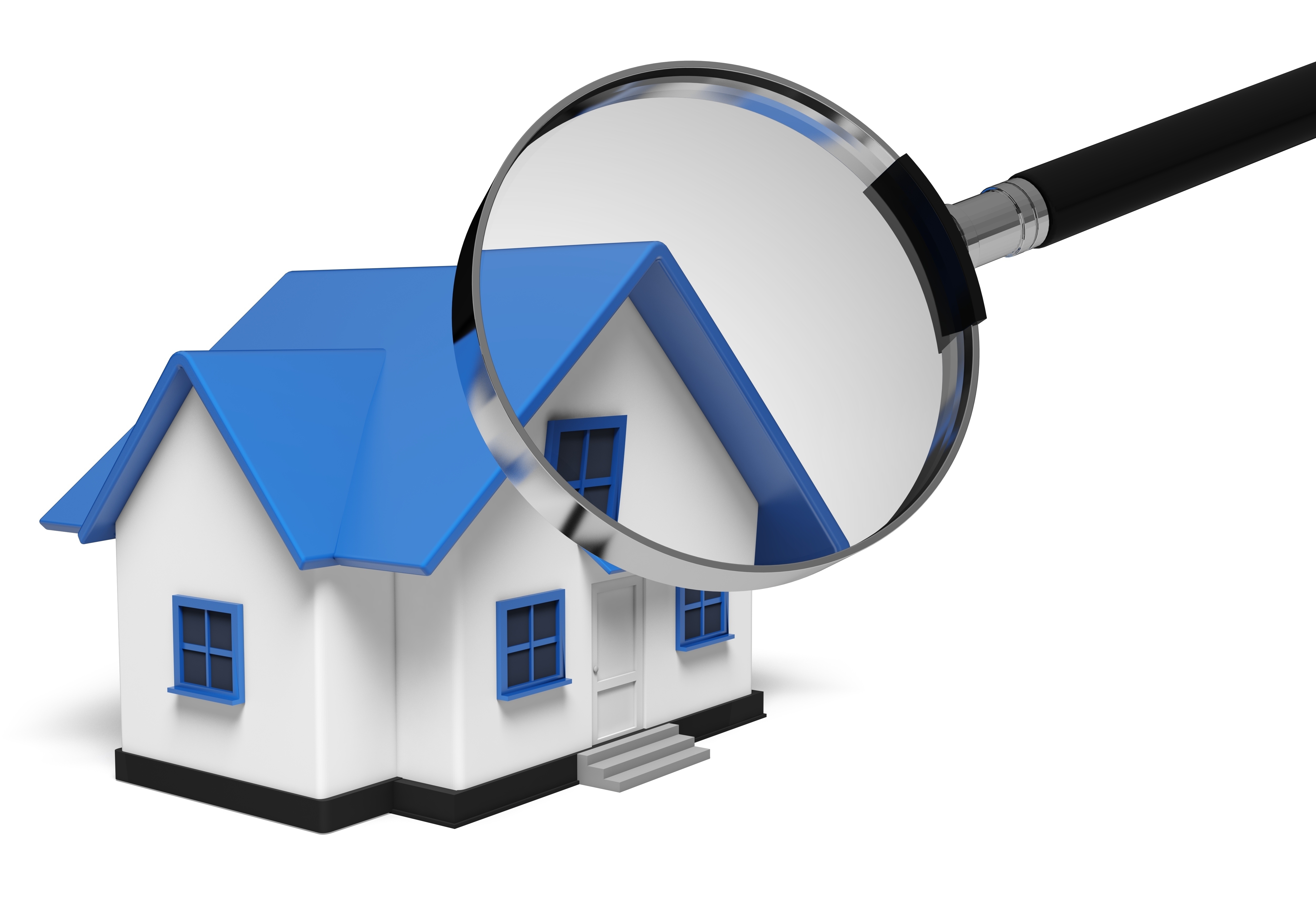
Comprehending AppraisalsTheir home's purchase is the largest investment many of us might ever encounter. Whether it's where you raise your family, an additional vacation property or one of many rentals, purchasing real property is a complex financial transaction that requires multiple parties to see it through. Most people are familiar with the parties taking part in the transaction. The real estate agent is the most recognizable person in the exchange. Then, the bank provides the money required to finance the deal. And the title company sees to it that all areas of the transaction are completed and that a clear title transfers to the buyer from the seller. So, what party is responsible for making sure the value of the property is consistent with the purchase price? This is where you meet the appraiser. We provide an unbiased estimate of what a buyer could expect to pay — or a seller receive — for a parcel of real estate, where both buyer and seller are informed parties. A licensed, certified, professional appraiser from Thomas O'Brien will ensure, you as an interested party, are informed. Appraisals start with the property inspectionOur first responsibility at Thomas O'Brien is to inspect the property to ascertain its true status. We must see aspects of the property hands on, such as the number of bedrooms and bathrooms, the location, living areas, etc, to ensure they really are there and are in the shape a reasonable buyer would expect them to be. To ensure the stated square footage is accurate and illustrate the layout of the house, the inspection often includes creating a sketch of the floorplan. Most importantly, we identify any obvious amenities - or defects - that would affect the value of the property. Once the site has been inspected, we use two or three approaches to determining the value of the property: sales comparison and, in the case of a rental property, an income approach. 
Cost ApproachHere, we pull information on local construction costs, the cost of labor and other elements to derive how much it would cost to replace the property being appraised. This value usually sets the maximum on what a property would sell for. The cost approach is also the least used predictor of value. 
Analyzing Comparable SalesAppraisers are intimately familiar with the communities in which they appraise. They innately understand the value of specific features to the residents of that area. Then, the appraiser researches recent transactions in the area and finds properties which are 'comparable' to the home being appraised. By assigning a dollar value to certain items such as square footage, additional bathrooms, hardwood floors, fireplaces or view lots (just to name a few), we add or subtract from each comparable's sales price so that they more accurately match the features of subject.
An opinion of what the subject might sell for can only be determined once all differences between the comps and the subject have been evaluated. When it comes to valuing features of homes in Huntingtown and Calvert, Thomas O'Brien is second to none. This approach to value is most often awarded the most consideration when an appraisal is for a real estate sale. Valuation Using the Income ApproachIn the case of income producing properties - rental houses for example - we may use a third approach to value. In this situation, the amount of income the property yields is taken into consideration along with income produced by comparable properties to determine the current value. ReconciliationCombining information from all applicable approaches, the appraiser is then ready to state an estimated market value for the property at hand. Note: While this amount is probably the most reliable indication of what a property is worth, it probably will not be the price at which the property closes. Depending on the specific circumstances of the buyer or seller, their level of urgency or a buyer's desire for that exact property, the closing price of a home can always be driven up or down.Regardless, the appraised value is often employed as a guideline for lenders who don't want to loan a buyer more money than they could get back in the event they had to put the property on the market again. At the end of the day, an appraiser from Thomas O'Brien will help you attain the most fair and balanced property value, so you can make the most informed real estate decisions. |